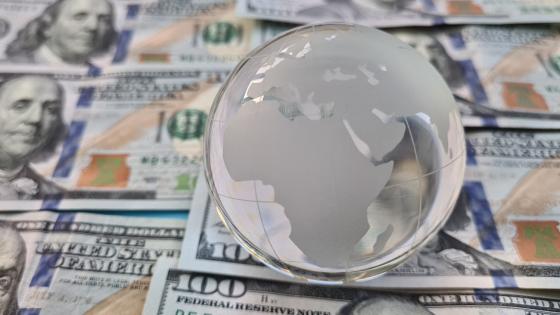DP18943 Capital Flows and Exchange Rates: A Quantitative Assessment of the Dilemma Hypothesis
In response to an unanticipated monetary policy tightening in the US, credit spreads of a typical small open economy increase, while real GDP and exports fall despite a depreciation of the local currency. Thus, the financial channel of the transmission of monetary policy shocks across countries dominates over the traditional expenditure-switching effect. The dominant role of the reserve currency in trade and global financial transactions can account for the evidence in an otherwise standard two-country open economy model with nominal and real rigidities. Yet, even in the presence of a global financial cycle, the exchange rate regime matters. In particular, a peg substantially increases macroeconomic volatility. The introduction of an additional policy instrument to manage capital flows dampens economic fluctuations. A tax on domestic credit achieves nearly equivalent results. Both these instruments can insulate the effects of foreign monetary policy shocks on real economic activity in a fixed exchange rate regime, but not on inflation.


